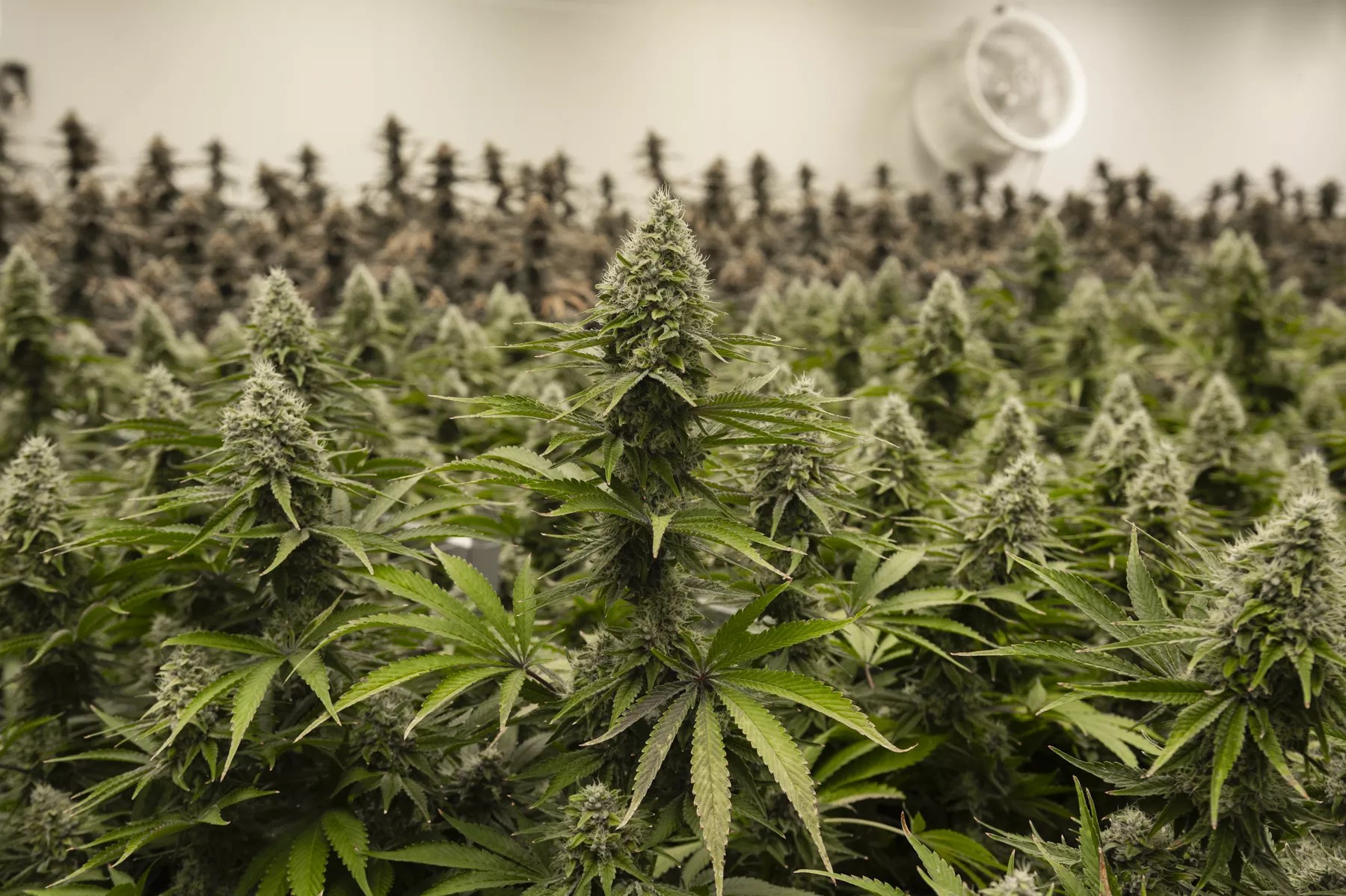
O’Hara Shipe

Audio By Carbonatix
Marijuana sales in Arizona slid faster in the second quarter of 2025 than they did in the first quarter, marking the largest year-over-year decrease since voters approved recreational cannabis use in 2020.
Combined sales for the state’s medical marijuana program and the adult-use market totaled about $298 million, a 13.7% dip over the same three-month period in 2024. That’s also $30 million less than in the first quarter. (Revised figures for the first quarter show its $328 million in sales was 9.1% lower than the prior year.)
The decline was led by a sharp drop in recreational cannabis sales in June. Adults purchased just $71 million of marijuana products for the month, almost $14 million less than they did in 2024. Those sales reports are likely to be revised upward next month, though how much the figure will increase remains to be seen.
Will you step up to support New Times this year?
At New Times, we’re small and scrappy — and we make the most of every dollar from our supporters. Right now, we’re $15,500 away from reaching our December 31 goal of $30,000. If you’ve ever learned something new, stayed informed, or felt more connected because of New Times, now’s the time to give back.
For the quarter, adult-use marijuana sales were $250 million – down almost $30 million, a 10.7% drop from last year.
But that’s nothing compared to the medical marijuana industry, which has been in a years-long tailspin that only appears to be accelerating. For the second quarter, medical purchases fell by 26.3%, sliding $17.4 million compared to the same quarter in 2024.
Overall, the first half of the year was a disappointing one for Arizona’s cannabis industry, with consumers making $43 million less in purchases and sales coming in at 7.6% lower than in 2024.
The industry is struggling to reverse course from 2024, which was the second consecutive year of lower sales and broke a three-year streak of at least $1.4 billion in legal cannabis purchases.
The $1.3 billion in combined medical and recreational sales in 2024 was almost 10% less than in 2023, and about 14% lower than 2022 sales figures.
As the market has matured, and softened, the disparity between medical and adult-use cannabis sales continues to expand. In 2021, the year the recreational industry launched, sales were nearly evenly split, with 48% of purchases coming from medical marijuana cardholders.
But as the recreational market emerged from its infancy, its sales surged and quickly swamped the medical marijuana market. In 2022, adult-use purchases skyrocketed to almost 66% of sales. They increased to 73% of sales in 2023 and grew again to 81% in 2024.
Medical sales now represent less than one-third of what they had been in 2021, when the first recreational dispensary opened.
The state collects a 16% excise tax on recreational sales in addition to the standard 5.6% sales tax; medical patients pay just the state sales tax. Local jurisdictions charge an additional 2% or so for all marijuana sales.
One-third of revenue raised by the excise tax is dedicated to community college and provisional community college districts; 31% to public safety, including police, fire departments, fire districts and first responders; 25% to the Arizona Highway User Revenue Fund; and 10% to the justice reinvestment fund, which is dedicated to providing public health services, counseling, job training and other social services for communities that have been adversely affected and disproportionately impacted by marijuana arrests and criminalization.
Overall cannabis tax collections in 2024 were almost $190 million; about $170 million came from the excise tax on adult-use sales, with a bit more than $20 million the result of medical marijuana purchases.
This story was first published by Arizona Mirror, which is part of States Newsroom, a network of news bureaus supported by grants and a coalition of donors as a 501c(3) public charity.